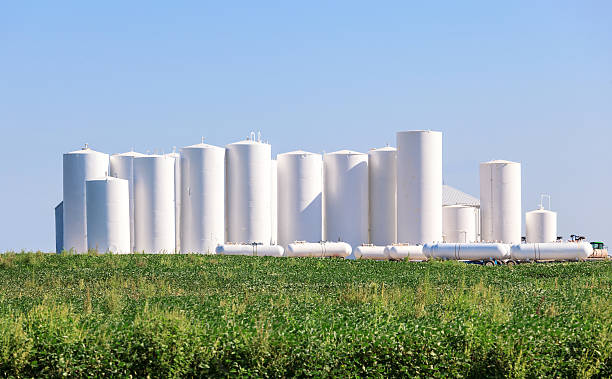Large farms rely heavily on fertilizers to maintain productivity and crop yield. But with the increasing use of liquid fertilizers and chemicals comes a responsibility to store these materials safely. One of the most critical practices for doing this is installing proper secondary containment systems. Secondary containment isn’t just about meeting regulations—it’s about protecting soil, groundwater, and the surrounding environment.
In this post, we’ll walk through why large farms need secondary containment for fertilizer, what the regulations say, and which options make the most sense for high-volume operations. We’ll also explain how to choose the right system for your farm and how The Containment Answer can help.
Why Large Farms Need Secondary Containment for Fertilizer Tanks
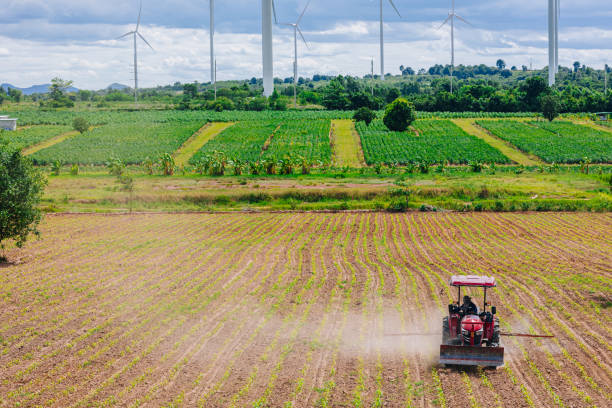
Large-scale agriculture uses thousands of litres of fertilizer each season. Whether you’re storing urea, ammonia, or a custom blend, leaks and spills are always a risk. Without secondary containment, even a minor tank failure could result in environmental contamination, fines, or significant crop and soil damage.
In addition to environmental impact, there are business risks to consider. Cleanup costs, lost product, and non-compliance penalties can all have a serious financial toll. Proper secondary containment helps prevent these outcomes and provides peace of mind knowing your operation is secure and compliant.
Key Regulations Farmers Should Know
In Canada, both federal and provincial governments regulate secondary containment, especially for substances classified as hazardous or environmentally harmful. The Canadian Environmental Protection Act (CEPA) and related regulations under the Environmental Emergency (E2) program outline containment requirements for certain volumes and chemicals.
For example, under E2 regulations, if a facility stores more than a threshold quantity of a regulated substance, it must have both primary and secondary containment systems in place, along with an environmental emergency plan. Provincial guidelines in Alberta, Saskatchewan, and Manitoba may also require containment for specific agricultural chemicals even below federal thresholds.
Many insurance providers also require containment to issue or maintain coverage for farm tanks, especially for operations handling large volumes or storing fertilizer near water bodies or drainage systems.
Popular Secondary Containment Options for Fertilizer Storage
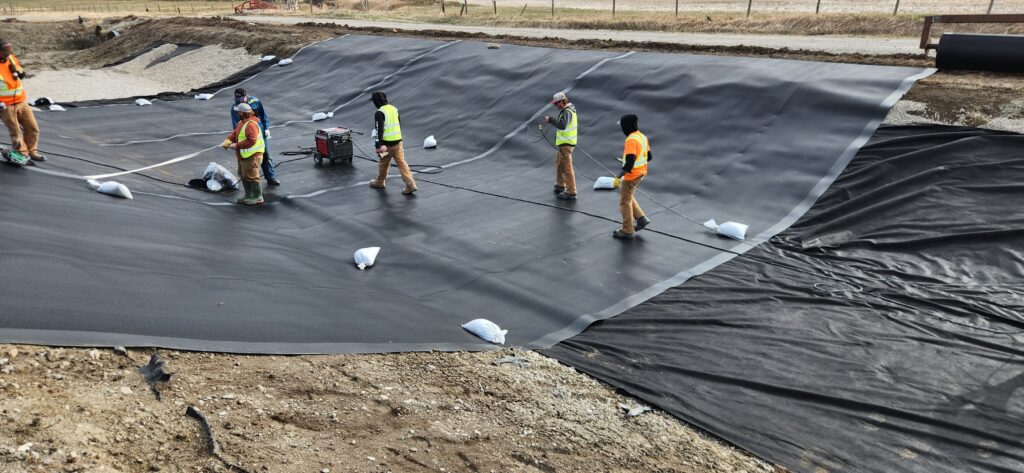
Not all containment systems are created equal. Large farms have unique needs due to tank size, placement, terrain, and chemical composition. Below are the most widely used options, including their pros and cons for fertilizer storage.
Containment Berms
Containment berms are popular for their flexibility and portability. These berms are often constructed from durable materials like coated fabrics or reinforced polymers, making them suitable for both temporary and long-term use. They’re particularly effective for mobile fertilizer equipment or seasonal storage needs.
Berms can be customized in size and easily transported, which is ideal for farms with multiple tank sites or field applications. Some models are collapsible for compact storage and quick deployment.
Farmers should ensure that berms include proper drainage or rainwater removal systems to prevent overflow during wet seasons.
Concrete Containment Pads
Concrete pads have been a traditional choice for permanent containment. They offer robust protection and can last decades when properly maintained. Concrete structures typically include dikes or walls that surround the tank area, forming a barrier to keep spills contained.
While they provide a solid solution, concrete systems require significant upfront investment, design planning, and construction time. They are best suited for central fertilizer storage areas or high-volume fixed tanks that don’t move season to season.
Maintenance is another consideration—cracking, erosion, and freeze-thaw damage can affect performance over time.
Geomembrane Liners (LLDPE and HDPE)
Geomembrane liners are gaining popularity in agriculture due to their adaptability, durability, and lower cost compared to concrete. Made from materials like LLDPE (linear low-density polyethylene) or HDPE (high-density polyethylene), these liners are chemically resistant and designed to contain spills from common fertilizers.
LLDPE is often preferred in agricultural settings due to its flexibility and ease of installation. It’s ideal for irregular terrain, large footprints, or retrofitting existing containment areas. Liners can be installed within berms, under tanks, or in customized containment zones.
For farms storing ammonia, urea, or phosphate-based fertilizers, selecting the right liner material is critical to prevent chemical degradation or failure.
Geotextile Fabrics
Geotextile fabrics are a smart addition to many secondary containment systems, especially in agricultural settings where soil stability and drainage are critical. These permeable fabrics are placed underneath or between layers of soil and containment liners to provide separation, filtration, and reinforcement.
In fertilizer containment, geotextile fabrics are often used as a protective underlayer for geomembrane liners. They help prevent punctures from rocks, roots, or uneven surfaces while allowing water to drain properly beneath the liner. This not only extends the life of the liner but also improves the integrity of the entire containment system.
For large farms with unpaved or uneven tank areas, adding geotextile fabric beneath berms or liners can prevent shifting and erosion. It’s an ideal upgrade for both new and retrofitted containment installations.
The Containment Answer offers a range of nonwoven and woven geotextile fabrics designed to meet the demands of agricultural and industrial sites. These fabrics are chemical-resistant and compatible with the fertilizers most commonly used on Canadian farms.
Double-Walled or Dual-Containment Tanks
Some farms may opt for tanks that include built-in secondary containment. These double-walled tanks have an internal and external layer with a space between them to catch leaks.
While convenient, they’re generally more expensive than standard tanks, and their capacity is fixed. They may not offer enough volume for larger farms with evolving storage needs. However, they’re a practical choice for smaller satellite storage areas or where space is limited.
Choosing the Right Secondary Containment Based on Farm Size and Fertilizer Type
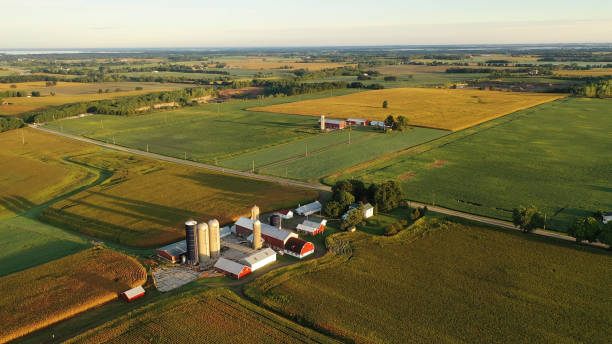
The best containment solution depends on several factors, including:
- Total fertilizer storage volume
- Type of fertilizer (liquid vs dry, chemical properties)
- Location and accessibility of the tank
- Mobility and seasonality of fertilizer usage
- Budget and long-term maintenance considerations
For example, a farm storing 100,000 litres of liquid nitrogen would likely need a large permanent berm or lined containment system with reliable drainage and capacity for heavy rainfall. A smaller operation using mobile storage might prefer portable berms or modular containment systems that can be set up and relocated as needed.
Farm layout is also important. Farms with sloped land or proximity to drainage systems may require enhanced liner materials or higher berm walls to ensure compliance.
Cost vs Compliance: Long-Term ROI of Proper Containment
There’s no denying that secondary containment is an investment. However, when compared with the costs of a spill—fines, lost product, cleanup, and possible legal action—the return on investment becomes clear.
Containment systems also support long-term savings through better site management, easier inspections, and potentially lower insurance premiums. Custom liners and berms can be tailored to fit existing infrastructure, saving the cost of a complete rebuild or relocation.
Government programs or agricultural funding initiatives may also be available in your province to assist with environmental upgrades like containment installations.
Common Mistakes to Avoid in Fertilizer Containment
Even well-intentioned containment setups can fall short if installed or maintained incorrectly. Here are a few common pitfalls:
- Using a liner that isn’t chemically compatible with stored fertilizer
- Failing to manage stormwater or rain overflow
- Installing containment that doesn’t meet volume requirements
- Ignoring the need for regular inspections or repairs
- Sharing one containment area between incompatible chemicals
Avoiding these mistakes starts with good planning, the right materials, and ongoing maintenance.
How The Containment Answer Helps Large Farms Stay Compliant
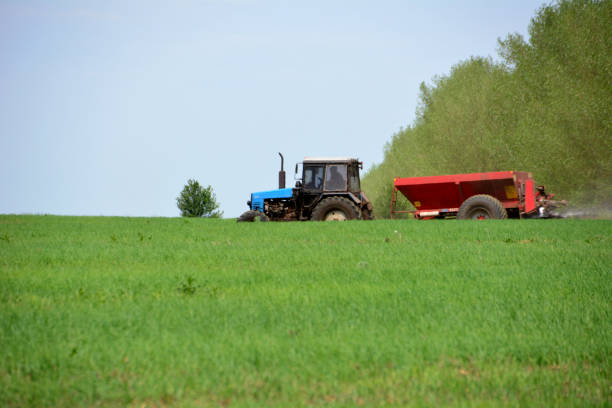
The Containment Answer specializes in providing high-quality secondary containment solutions for agricultural operations across Canada. Whether you’re managing a small farm or a large-scale ag business, we offer customizable containment liners, berm systems, and site-specific support to meet your needs.
Our team understands the environmental regulations that affect your operation and can help you stay compliant with CEPA, provincial rules, and insurance standards. We supply LLDPE liners designed specifically for fertilizer containment and offer guidance on installation, sizing, and chemical compatibility.
We also provide portable containment berms, geotextile fabrics, and modular solutions for farms that need flexibility without compromising safety.
FAQs About Fertilizer Containment on Farms
Do I need containment for dry fertilizer storage?
Dry fertilizer usually poses less risk than liquid, but containment may still be required if stored near water or in large volumes. Always check local regulations.
Can one containment area be shared by multiple tanks?
Yes, as long as the containment area has enough capacity to hold the volume of the largest tank plus 10% of the total volume of all tanks, and the chemicals are compatible.
How often should liners or berms be inspected?
Liners should be inspected at least annually, and after extreme weather or heavy use. Some operations inspect quarterly as part of their routine maintenance.
What’s the best containment for mobile fertilizer equipment?
Portable berms made from flexible, chemical-resistant materials are ideal for mobile setups. They can be set up quickly in the field and reused multiple times.
Fertilizer storage is essential to modern farming, but it comes with serious responsibilities. Secondary containment isn’t just about avoiding fines—it’s about protecting your land, your water, and your operation.
Large farms need scalable, durable, and compliant solutions that match the volume and complexity of their fertilizer use. Whether it’s a lined berm, a portable system, or a full containment pad, the right setup can make a world of difference.
If you’re ready to upgrade your farm’s containment system or want expert advice on where to start, reach out to The Containment Answer. Our team is here to help you find the best solution for your land, your tanks, and your future.

